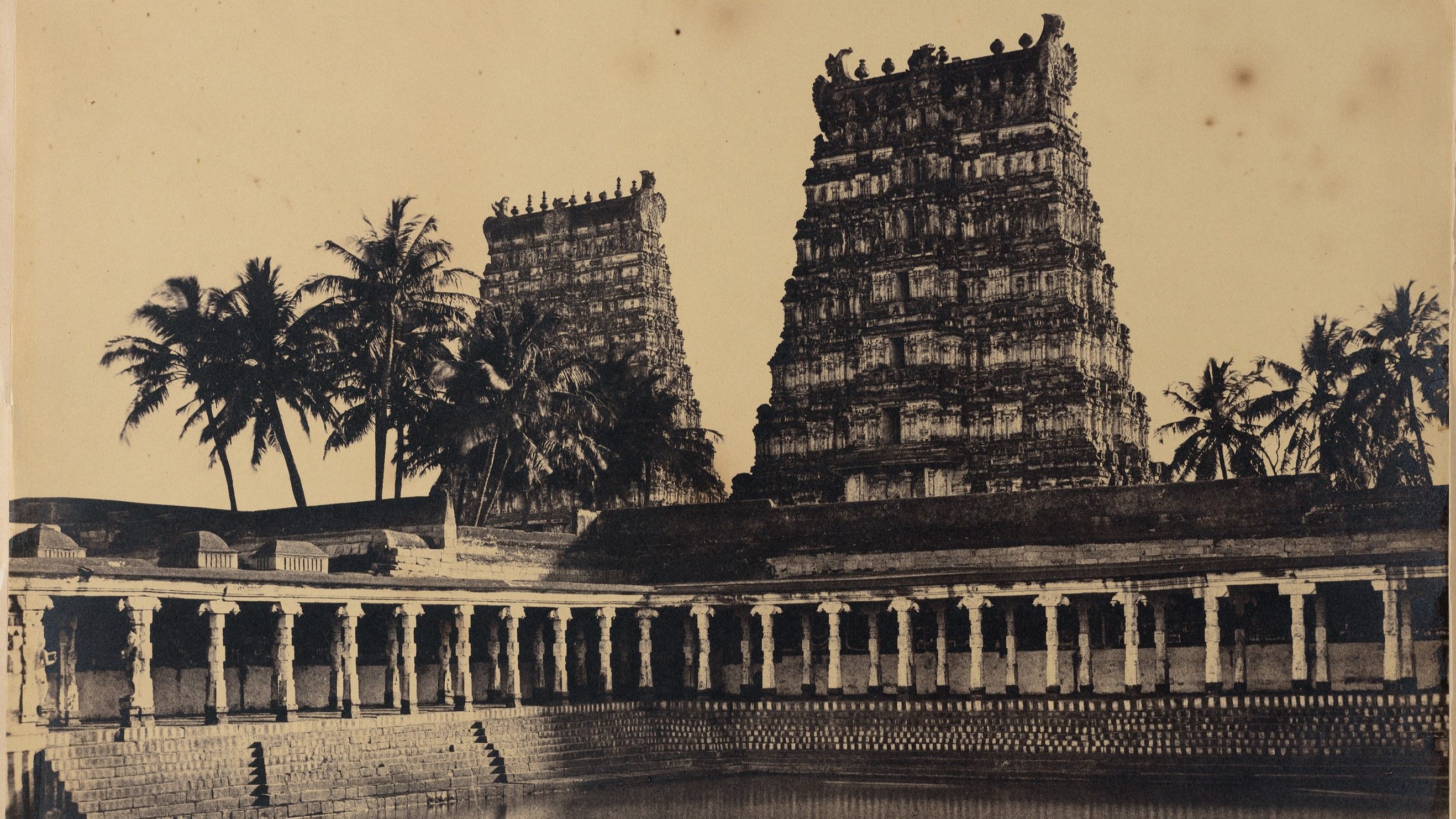
India, a land steeped in history and culture, is home to some of the world's most breathtaking monuments. These structures represent the architectural genius of ancient times and the artistic and cultural richness of the subcontinent. The advent of photography in the 19th century brought a new dimension to documenting these iconic landmarks, capturing their grandeur for posterity. This article dives into the earliest photographs of Indian monuments, offering history enthusiasts, travel bloggers, and art connoisseurs a glimpse into the past.
The Dawn of Photography in India
The earliest photographs of Indian monuments date back to the mid-19th century when the British colonial government focused on documenting the vast lands and their wonders. The introduction of the daguerreotype, an early photographic process in India, was groundbreaking. Photographers like John Murray, Linnaeus Tripe, and Samuel Bourne became pioneers in capturing India's monumental beauty.
John Murray's Timeless Captures
John Murray, a physician turned photographer, is famous for his detailed photographs of Agra's architectural marvels. His iconic image of the Taj Mahal, taken in the early 1850s, remains one of this monument's earliest and most celebrated photographs. Using the wet plate collodion process, Murray's photographs were known for their sharp detail and rich contrast.
His work extended beyond the Taj Mahal, capturing other Mughal architectural wonders like the Agra Fort and the Tomb of I'timād-ud-Daulah. Murray's dedication to documenting these monuments has left an invaluable visual record of India's cultural heritage.
Linnaeus Tripe's Governmental Mission
Linnaeus Tripe, an officer in the British East India Company, was commissioned to photograph southern India's architecture. In 1858, Tripe embarked on a mission to capture the region's temples, palaces, and fortresses.
Tripe's work is notable for its methodical approach. He meticulously photographed the Brihadeeswarar Temple in Thanjavur, detailing its intricate carvings and imposing gopurams (gateway towers). His photographs served as a record for the British administration and provided an artistic perspective on India's architectural splendor.
Samuel Bourne's Adventurous Expeditions
An English photographer, Samuel Bourne, arrived in India in 1863 and soon became one of the most prolific photographers of Indian monuments. Bourne's expeditionary zeal took him across the length and breadth of India, from the temples of Khajuraho in the north to the palaces of Mysore in the south.
Bourne's photographs are celebrated for their composition and clarity. His images of the Golden Temple in Amritsar, the ancient caves of Ajanta and Ellora, and the historic city of Jaipur provide a comprehensive visual archive of India's architectural diversity. Bourne's adventurous spirit and technical expertise made his work a benchmark for future photographers.
The Artistic and Cultural Significance
The early photographs of Indian monuments are not just historical records; they are artistic masterpieces that offer a window into the past. These images allow us to appreciate the intricacies of ancient Indian architecture, the cultural narratives etched in stone, and the craftsmanship that went into these creations.
A Window to Architectural Evolution
The photographs taken by Murray, Tripe, Bourne, and others highlight the evolution of Indian architecture. From the Islamic influences seen in Mughal structures to the Dravidian style of southern temples, these images showcase the diverse architectural heritage of India. The symmetry, geometry, and ornate detailing in these monuments are beautifully captured, revealing the ingenuity of ancient Indian architects.
Preserving Cultural Narratives
Each monument tells a story—of kings and queens, gods and goddesses, battles and victories. The early photographs preserve these narratives, offering glimpses into the cultural and religious practices of bygone eras. The carvings on temple walls, the inscriptions on fortresses, and the frescoes in caves—all captured in these early photographs—serve as visual storytellers of India's rich history.
Inspiring Future Generations
For art connoisseurs and history enthusiasts, these early photographs are a source of inspiration. They spark curiosity, encouraging deeper exploration into India's architectural and cultural heritage. For travel bloggers, these images provide context and depth to their storytelling, allowing their audience to connect with the historical backdrop of the monuments they visit.
Conclusion
The earliest photographs of Indian monuments are more than just pictures; they are invaluable records that capture the essence of India's architectural and cultural heritage. These images, taken by pioneering photographers with a passion for art and history, continue to inspire and educate. Whether you're a history enthusiast, a travel blogger, or an art connoisseur, these photographs offer a treasure trove of insights into the beauty and grandeur of India's monumental legacy.
Explore these early captures and immerse yourself in the timeless beauty of India's ancient wonders.


0 Comments